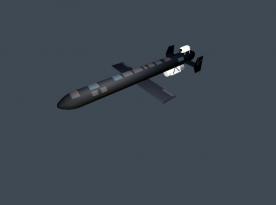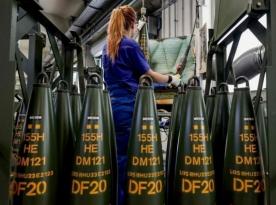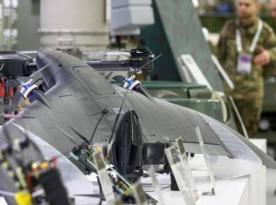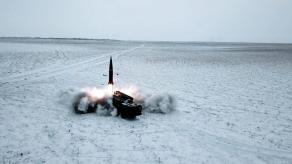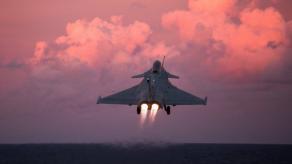The European Union announced the awardees of its first slate of EDF-funded projects, which included 61 research-and-development projects and over 1.2 billion (U.S. $1.23 billion) in government funds.
Among the higher awards is the European Hypersonic Defence Interceptor (EU HYDEF) program, which will cover the concept phase to develop an endo-atmospheric interceptor, according to European Defence Fund documents. The program will run for 36 months and is expected to cost nearly €110 million ($110.2 million). The EU will contribute a maximum of almost €100 million to the effort.
Read more: Russia Scares Europe Hypersonic Missiles in the Kaliningrad Region
Spain’s Sener Aerospacial Sociedad Anonima is coordinating the EU HYDEF program, while Germany’s Diehl Defence is serving as the overall technical lead, company officials said.

The goal is to build a “European interceptor targeting the 2035+ threats, along with weapon and sensor systems,” per the EU fact sheet. Sener, Diehl, and their partners will work to develop and demonstrate the HYDEF interceptor.
At this point, the EU HYDEF program remains in a negotiation phase with the European Commission and participating member states, said Fernando Quintana, Sener’s weapon systems director. Those negotiations will eventually lead to a grant agreement to transfer the pre-allocated funds to the industry team. The program management body remains to be determined – either the European Commission itself would oversee the effort, or else the intergovernmental Organization for Joint Armament Cooperation (OCCAR).
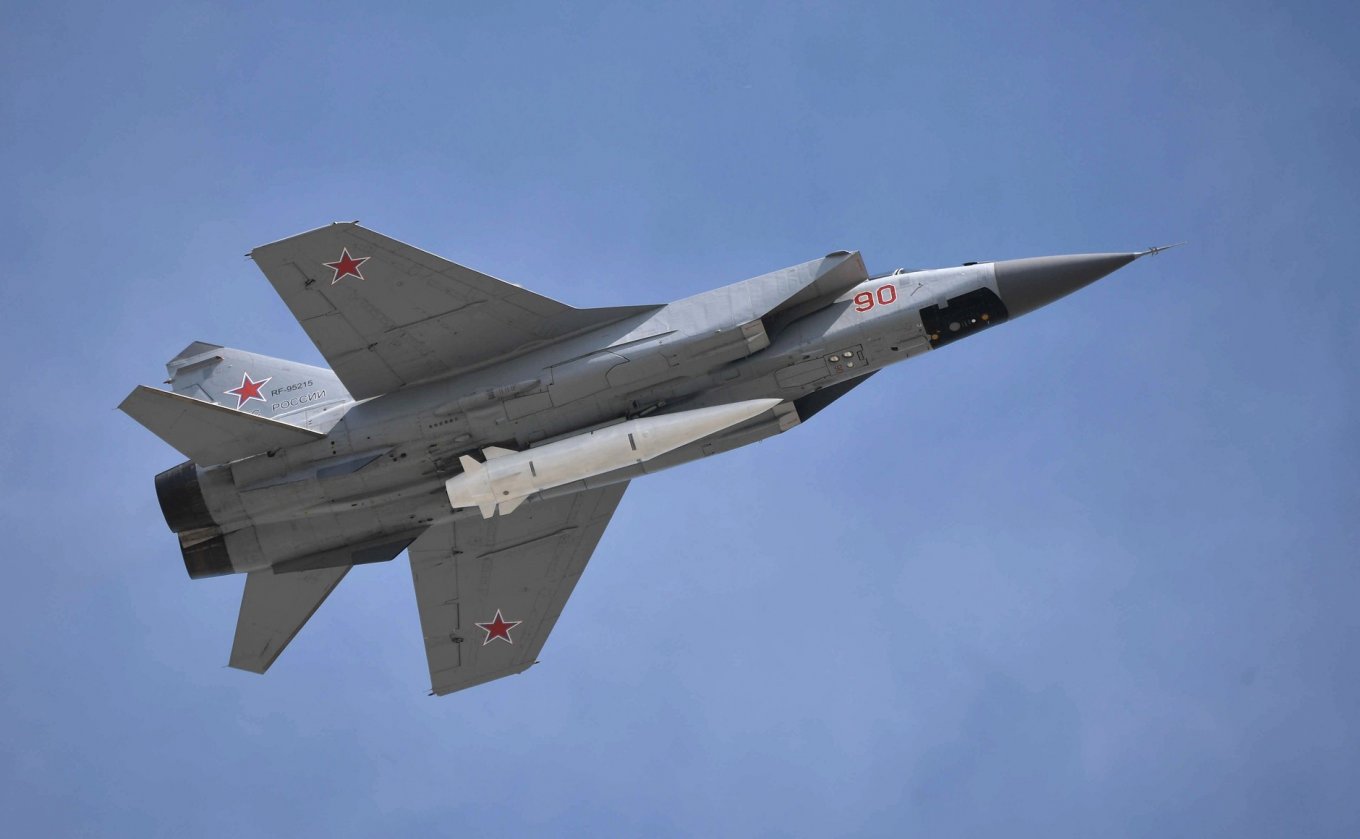
The project is related to the an effort dubbed Timely Warning and Interception with Space-based TheatER surveillance, or TWISTER, running under the banner of the PESCO program, short for Permanent Structured Cooperation.
It should be noted, the anti hypersonic weapons project most likely related with russian using of this type of weapons in UKraine. The Russian army used Kinzhal hypersonic missiles three times in Ukraine.
Kinzhal is a Russian nuclear-capable hypersonic air-to-surface ballistic missile with a range of more than 2,000 kilometers (1,242 miles). It has the ability to perform evasive maneuvers at every stage of its flight.
Read more: US Successfully Launched Hypersonic AGM-183A ARRW Missile From B-52 Bomber: What Conclusions Can Be Drown From Three Previous Failures





